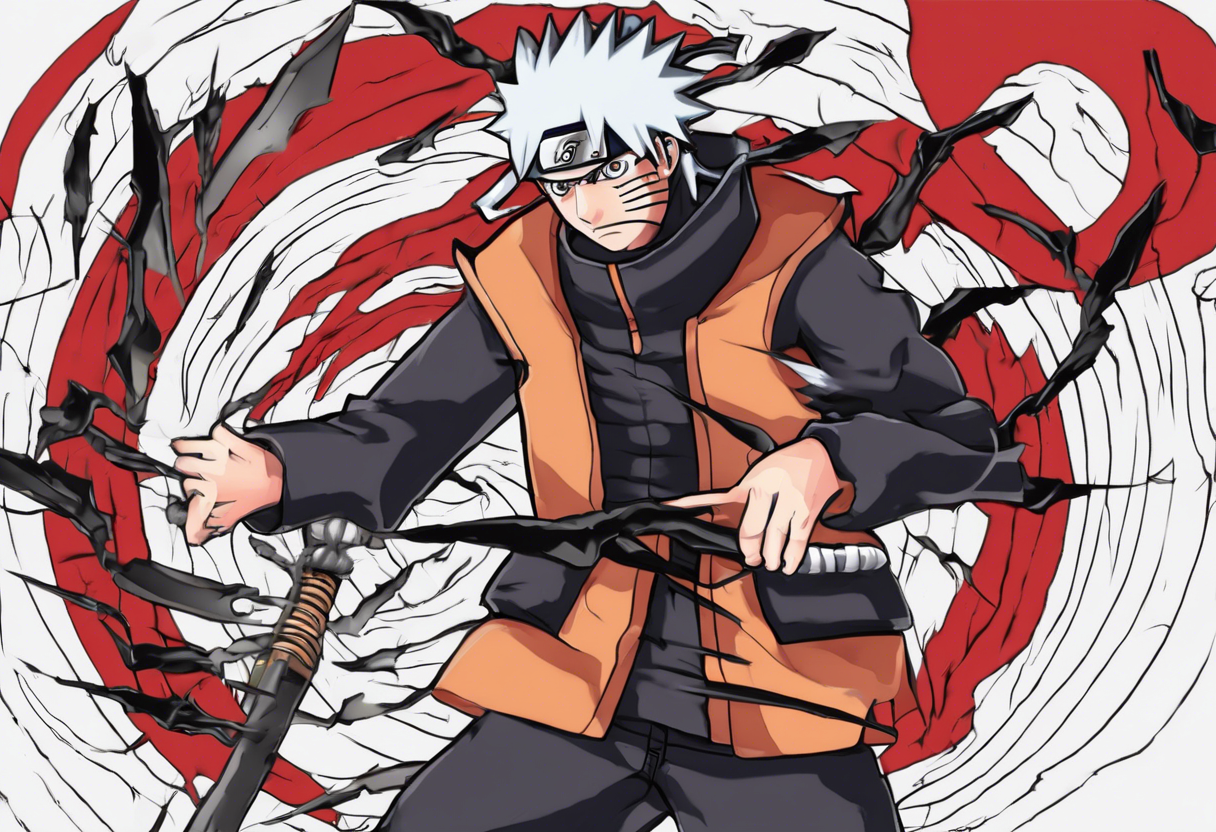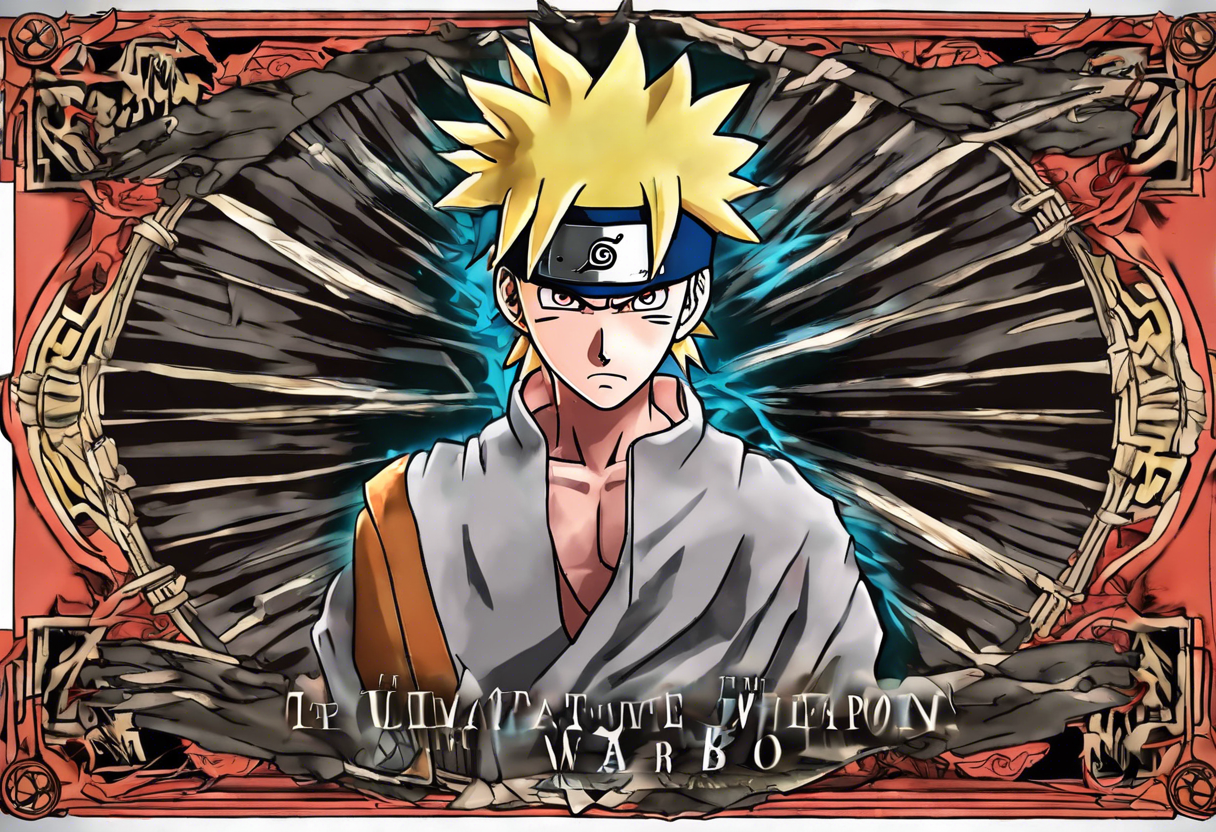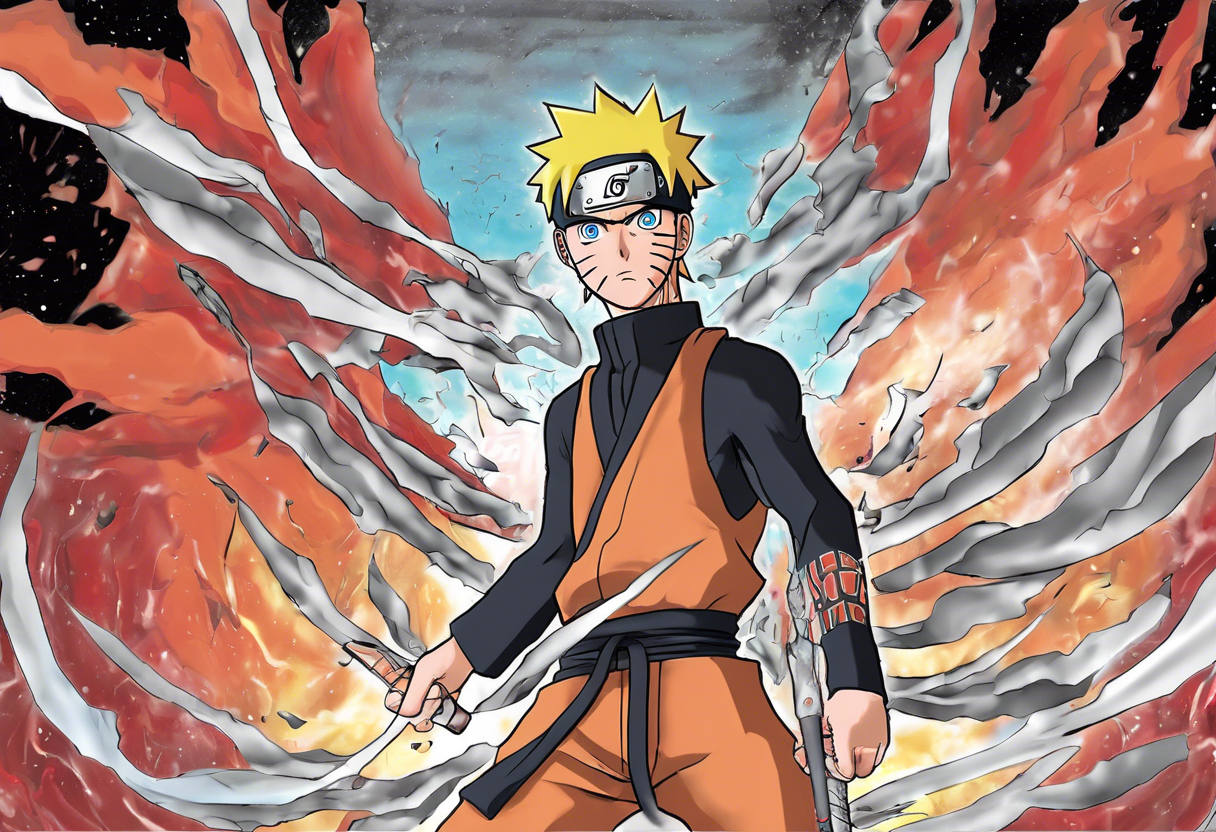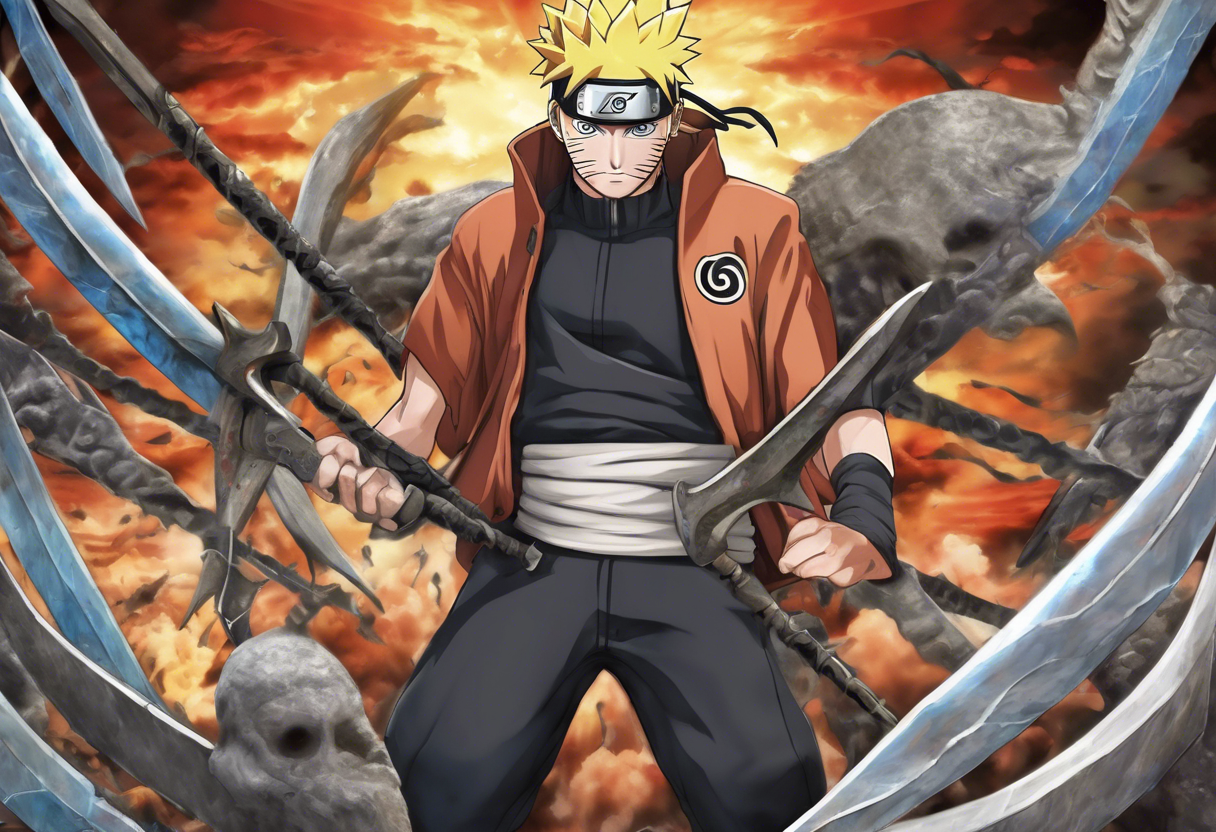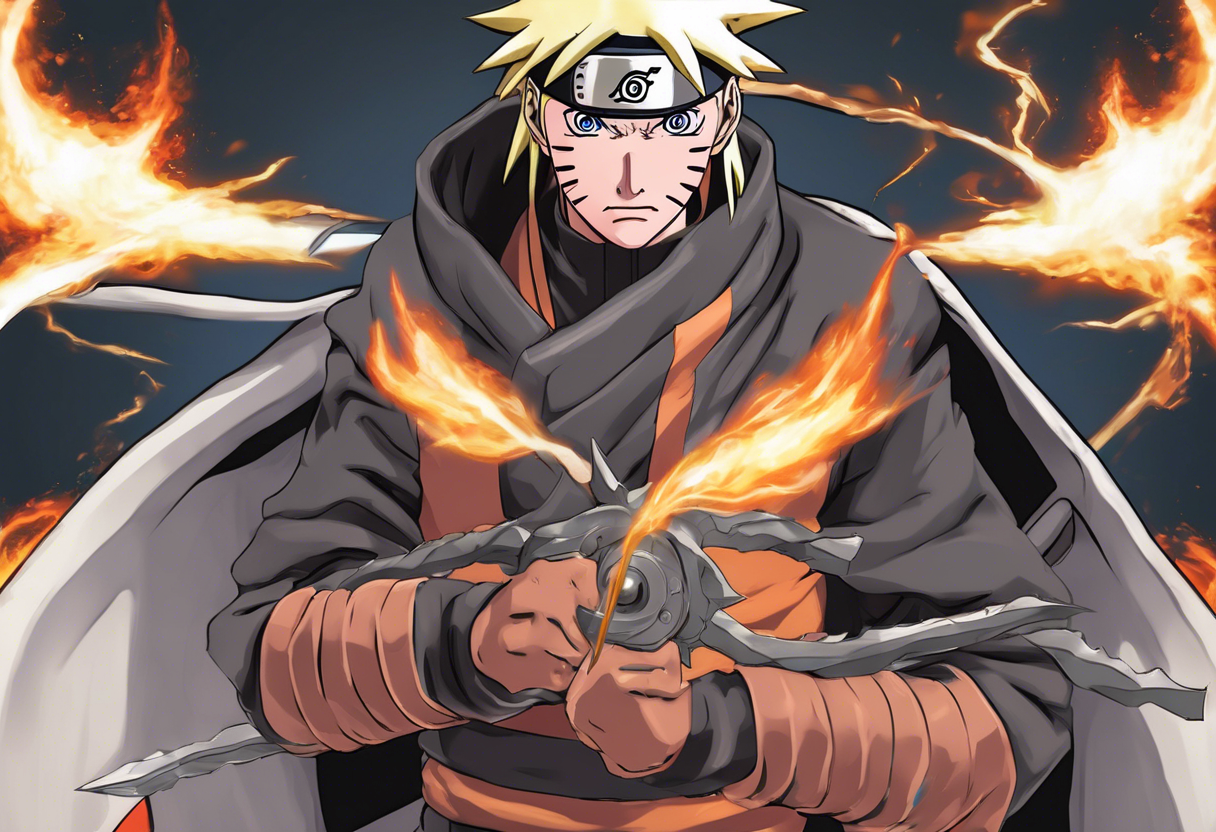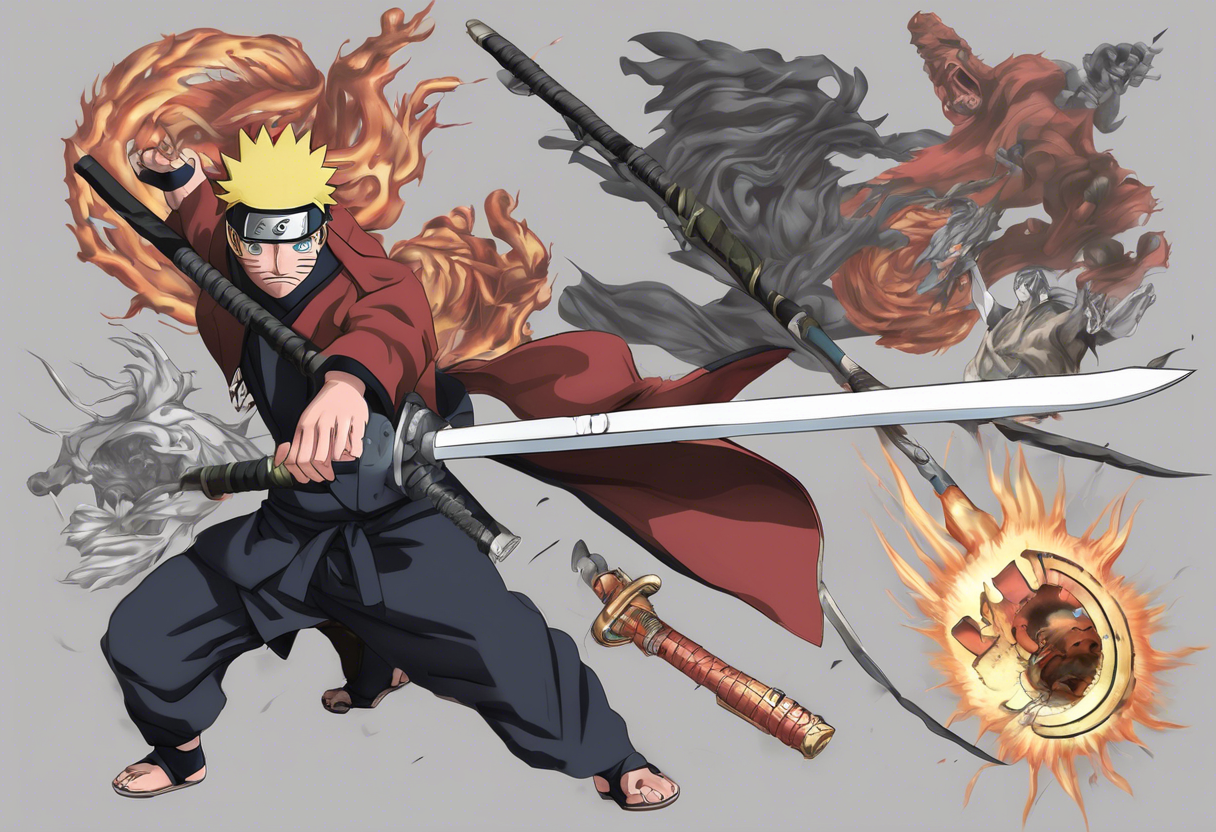Contents
The Ultimate Weapon Reborn: An In-Depth Analysis within the Naruto Series
Introduction
"The Ultimate Weapon Reborn" is an episode from the popular anime series Naruto, specifically episode 219 of the original Naruto anime. This episode is part of the larger narrative that explores the complex world of ninjas, their struggles, and the ethical dilemmas they face. Here, we will delve into the background, plot, themes, cultural impact, critical reception, and legacy of this significant episode.
Background and Production History
Naruto, created by Masashi Kishimoto, has been a staple in the anime world since its debut in 2002. The series is known for its rich world-building, complex characters, and deep themes. "The Ultimate Weapon Reborn" is directed by Hayato Date, who is renowned for his work on the Naruto and Naruto: Shippuden series. The episode was written by the anime’s scriptwriters, who adapted the storyline from Kishimoto’s original manga.
Key Creative Figures
- Director: Hayato Date
- Writer: Based on the manga by Masashi Kishimoto, adapted by the anime’s scriptwriters.
- Producer: Studio Pierrot and TV Tokyo
Initial Release
This episode was initially released as part of the Naruto anime series, which aired from October 3, 2002, to March 23, 2007. "The Ultimate Weapon Reborn" is a pivotal episode that sheds light on the backstory of the Four Celestials and their connection to the Sand Spirit Shukaku.
Plot Summary
Main Storyline
In "The Ultimate Weapon Reborn," Gaara and Naruto are on a mission to retrieve Matsuri, a young kunoichi from the Hidden Sand Village. Their pursuit leads them to confront Hoko, the last of the Four Celestials, in a gully. Hoko reveals that the Four Celestials were once shinobi from the Village of Artisans. Their primary goal was to steal the chakra of the Sand Spirit Shukaku to complete the perfect weapon, thereby gaining the power to compete with the Five Great Nations[1].
Key Events and Characters
- Gaara and Naruto’s Mission: The episode begins with Gaara and Naruto attempting to rescue Matsuri from the clutches of the Four Celestials.
- Hoko’s Revelation: Hoko’s backstory and the motivations of the Four Celestials are central to the plot. This revelation adds depth to the history of the ninja world and the ambitions of various factions.
- The Sand Spirit Shukaku: The episode highlights the significance of Shukaku, a powerful tailed beast sealed within Gaara, and its importance in the broader narrative of the series.
Settings and Major Conflicts
The episode is set in a gully where Gaara and Naruto confront Hoko. The conflict revolves around the retrieval of Matsuri and the uncovering of the Four Celestials’ true intentions. This confrontation also delves into the historical context of the ninja world, particularly the rivalry and power struggles between different nations.
Themes and Symbolism
Central Themes
- Power and Ambition: The episode explores the themes of power and ambition through the Four Celestials’ quest to create the perfect weapon. This theme is a recurring motif in Naruto, highlighting the dangers of unchecked ambition and the pursuit of power at any cost.
- Loyalty and Friendship: The bond between Gaara and Naruto is a key aspect of the episode, showcasing their loyalty and friendship in the face of adversity.
- Historical Context: The episode provides insight into the history of the ninja world, emphasizing the complex relationships and conflicts between different nations and factions.
Symbolic Elements
- The Sand Spirit Shukaku: Shukaku symbolizes the immense power and responsibility that come with wielding such strength. Gaara’s relationship with Shukaku is a metaphor for the internal struggles and the burden of power.
- The Four Celestials: These characters represent the darker aspects of human nature, such as greed and the lust for power. Their actions serve as a cautionary tale about the consequences of pursuing power without moral boundaries.
Cultural Impact
Reception Upon Release
"The Ultimate Weapon Reborn" was well-received by fans and critics alike, praised for its engaging storyline and the depth it added to the Naruto universe. The episode’s focus on character development and historical context enriched the overall narrative of the series.
Influence on Popular Culture
This episode, like many others in the Naruto series, has influenced popular culture through its themes and characters. The concept of powerful beings like the tailed beasts and the intricate world-building have inspired numerous fan art, fan fiction, and other creative works.
Adaptations or References
The storyline of "The Ultimate Weapon Reborn" has been referenced in various other media, including video games and manga spin-offs. The episode’s themes and characters have also been adapted into other forms of media, such as the Naruto: Ultimate Ninja Storm video game series[5].
Critical Reception
Initial Reception
At the time of its release, "The Ultimate Weapon Reborn" received positive reviews for its storytelling and character development. Critics praised the episode for its ability to balance action and emotional depth.
Subsequent Years
In subsequent years, the episode has continued to be well-regarded by both critics and fans. It is often cited as one of the more compelling episodes in the series due to its rich historical context and the insights it provides into the characters’ motivations.
Controversies or Differing Interpretations
While the episode was generally well-received, some critics noted that the pacing could be improved and that certain plot points felt a bit rushed. However, these criticisms did not detract from the overall impact of the episode.
Legacy
Enduring Relevance
"The Ultimate Weapon Reborn" remains a significant episode in the Naruto series, continuing to inspire fans and creators alike. Its themes of power, ambition, and friendship are timeless and resonate deeply with audiences.
Influence on Filmmakers and Artists
The episode’s blend of action, drama, and historical context has influenced many filmmakers and artists. The detailed world-building and complex characters have set a high standard for anime storytelling.
Place in Cinematic History
Within the context of anime history, "The Ultimate Weapon Reborn" stands as a testament to the series’ ability to weave complex narratives and deep character development. It is a prime example of how anime can explore mature themes in an engaging and accessible way.
References
- https://naruto-official.com/en/anime/naruto1/list/01_443
- https://en.wikipedia.org/wiki/Reborn!
- https://www.nicholls.edu/cheniere/2023/10/26/purveyed-ambivalence-analysis-of-varied-aesthetics-and-themes-of-war-and-technology-in-hayao-miyazakis-nausicaa-of-the-valley-of-the-wind-and-the-wind-rises/
- https://www.cbr.com/every-naruto-story-arc-chronological-order/
- https://www.youtube.com/watch?v=UaIb9Li6WQ4

